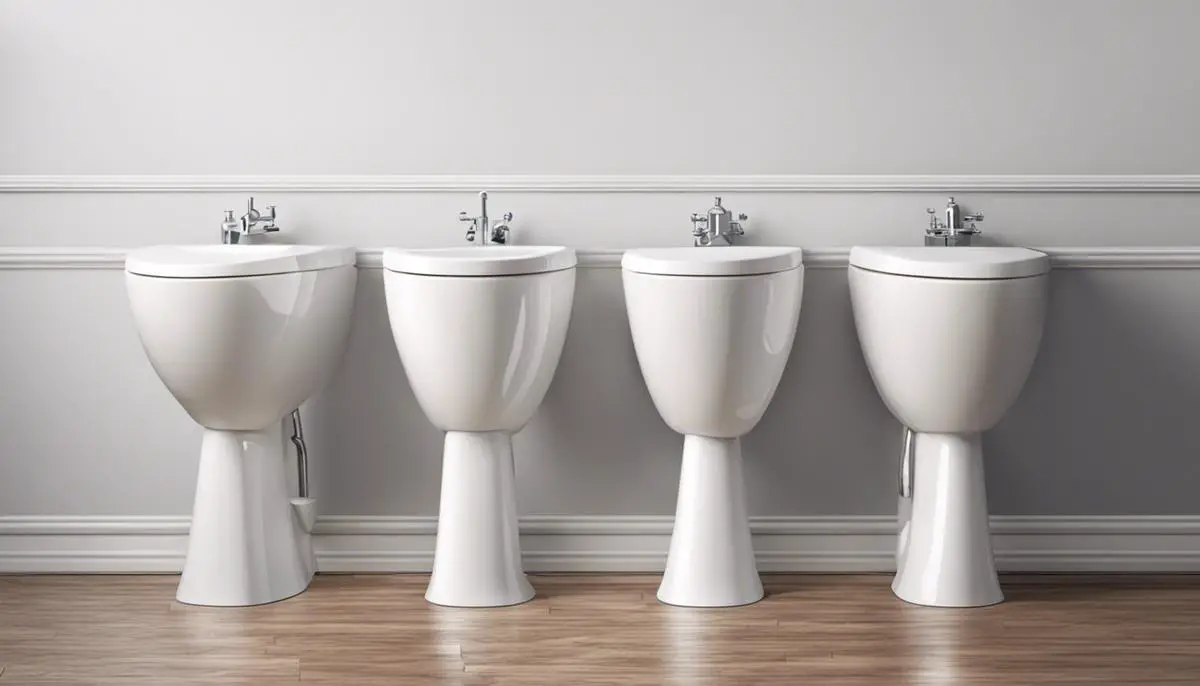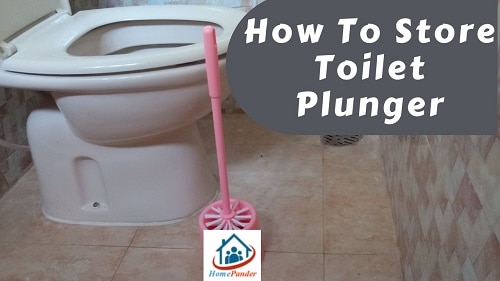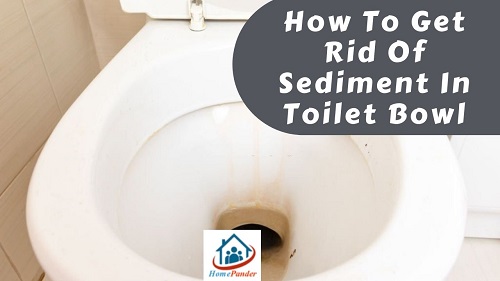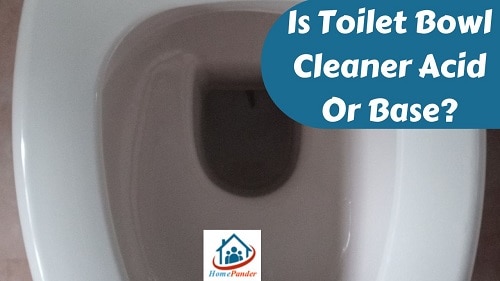Understanding the range and application of toilet seats in the modern world is not a topic we often discuss openly, but it certainly plays a critical part in our daily lives.
The variety at a glance can be awe-inspiring, with choices influenced by factors from cultural quirks to personal preferences.
This unpacking of the world of toilet seats will guide you through its extensive typology, address the implications of the ‘universality’ debate, demystify common installation issues, and finally aid you in making an educated choice on selecting the right toilet seat for your needs.
Whether you’re a novice just starting in your endeavor to understand this topic or a seasoned veteran, this comprehensive guide aims to enlighten and inform, shattering the veil of mystique surrounding this mundane yet essential fixture of our lives.
Are Toilet Seats Universal?
Toilet seats are not universally standard, as there are various shapes and sizes to accommodate different toilet bowl designs. However, there are common seat sizes (round and elongated) that fit many toilets, making them somewhat universal. Adapting a seat may require measuring your bowl shape for the best fit.
Definition and Types of Toilet Seats
Understanding Toilet Seats
Toilet seats are crucial elements of the modern toileting system. They offer a surface for individuals to sit on when using the bathroom.
Made to complement the shape of the human anatomy, they improve comfort and sanitation. Toilet seats are often hinged and can be lifted and closed over a toilet to ensure cleanliness.
Types and Varieties
Typically, there are three types of toilet seats available in the market: round, elongated, or D-shaped. Round seats are fairly short in length and almost circular.
Elongated seats are longer and oval-shaped, offering more seating space.
D-shaped seats are characterized by their unique D shape designed to fit a square toilet pan. Each type is designed to fit a specific toilet bowl shape and cannot be interchanged.
Materials Used
Toilet seats are made from a variety of materials, including plastic, wood, and cushioned vinyl. Plastic seats, specifically thermoplastic and thermoset, are popular for their durability, lightness, and ease of cleaning.
Wooden seats provide a traditional look and can be more comfortable in colder weather due to their heat insulating properties.
Cushioned vinyl seats are softer and more comfortable but may not be as durable as the other options.
Sizes and Dimensions
While there are a handful of standard sizes available, not all toilet seats are universal.
The industry standard for a round toilet seat is approximately 16.5 inches in length, while elongated seats are about 18.5 inches.
The size of D-shaped toilet seats can vary widely based on the manufacturer’s specifications. It’s essential to measure your toilet bowl before purchasing a seat to ensure a proper fit.
Additional Features
Toilet seats come with a variety of features for convenience and usability.
Some seats have a soft-close feature to prevent loud slamming, particularly useful in shared or nighttime settings.
Others come with quick-release hinges for easy removal and thorough cleaning. Innovative features like built-in potty seats, bidet functions, or heating elements are also available in high-end models.
Diving into the World of Toilet Seats
If you’re thinking that there’s a “universal” toilet seat that will fit any toilet, you might want to reconsider.
The truth is, toilets differ significantly by size, shape, feature, and the material from which they’re made, and each seat must be fit to match the specific toilet bowl it will be accommodated on.
To navigate the intricate sphere of toilet seats, it’s essential to understand these factors along with recognizing the different types and functions of the seats.
Only then, can you identify and choose the most suitable toilet seat that meets your personal requirements and preferences.

Universality of Toilet Seats
Understanding the Basics of Toilet Seats
In determining whether toilet seats are universal, it’s vital to remember that these come in a plethora of shapes and sizes.
Chiefly, toilet seats are either round or elongated. The round toilet seat typically measures 16.5 inches in length, whereas an elongated seat is about 18.5 inches.
This variation merely comes down to what’s more comfortable and preferable to each individual user.
Are Toilet Seats Standardized?
The notion that toilet seats are standardized is partially accurate. While two main sizes—round and elongated—are almost universally accepted, the precise measurements can deviate slightly depending on the manufacturer.
A couple of inches can make a significant difference, especially in smaller bathrooms where space is at a premium.
Regional and Cultural Influences on Toilet Seats
To comprehend the deviations in toilet seat sizes and shapes globally, it’s imperative to consider regional and cultural influences on bathroom designs.
In Europe, for example, you might encounter square or rectangular toilet seats, particularly in countries such as Italy and France.
On the other hand, Asian countries like Japan have high-tech toilets with a range of features, demanding specially designed seats.
Personal Preferences and the Toilet Seat
Another fundamental aspect influencing the size and shape of toilet seats is personal preference.
Some people might prefer a larger, elongated toilet seat for added comfort, while others might opt for a round seat due to a bathroom’s spatial restrictions or simply out of personal taste.
Toilet seat materials also vary, from durable plastics to cushioned vinyl, again based on personal preference.
The Impact of Accessibility Needs
Finally, the accessibility needs can also influence toilet seat designs.
Toilet seats tailored for use by people with disabilities or mobility issues may differ from standard designs. They could have handles or be taller than standard toilet seats to accommodate specific needs.
While there are standard sizes for toilet seats, it is essential to understand that these can vary based on several factors.
These factors may include regional and cultural differences, personal preferences, and the need for adaptive or accessible designs. As such, there isn’t a ‘one-size-fits-all’ in the world of toilet seats, adding an additional layer of complexity in regards to sizing and shape.

Compatibility and Installation Issues
Diving Deeper into Toilet Seat Compatibility
The idea of toilet seat compatibility can be quite complex due to the fact that toilet seats aren’t universally sized or shaped.
These seats come in numerous sizes, shapes and styles, making the installation process not as straightforward as it might seem.
The absence of a standard toilet seat dimension is largely due to the varied sizes and shapes of the toilets themselves. Such diversity in design and specification is a result of differences in toilet manufacturing across different brands and geographic locations.
Common Issues with Installing Toilet Seats
The most common issue with installing a new toilet seat is the discrepancy in size or shape between the new seat and the existing toilet bowl.
This discrepancy often arises due to a lack of understanding about the different shapes and sizes of toilet seats available in the market, leading to situations where a new seat is either too small, too large, or does not align appropriately with the existing toilet.
Understanding Toilet Seat Shapes and Sizes
Toilet seats predominantly come in two shapes: round and elongated.
The round ones typically measure about 16.5 inches, while the elongated seats measure approximately 18.5 inches.
These dimensions are crucial to consider while selecting and installing a toilet seat. Also, the size of the hinge holes in the toilet bowl can determine the compatibility of a toilet seat.
The standard distance between the hinge holes in American toilets is 5.5 inches, but this can vary with specialty or custom-designed toilets.
Installing a Toilet Seat Correctly
To install a toilet seat correctly, factor in the size and shape of the toilet.
First, measure the current toilet seat from the hinge holes to the front of the bowl to ascertain if it’s round or elongated.
Also, measure the distance between the hinge holes.
The next step is selecting a compatible toilet seat based on these measurements.
Once you have a suitable seat, remove the old one, align the new seat’s hinges with the toilet’s hinge holes, and secure it with the necessary bolts. Ensure the seat is centered and secure before use.
Issues with Universal Toilet Seats
While some market options claim to provide “universal” or “adjustable” toilet seats, these are not without their problems.
Some users report fitment issues, stating that these seats do not secure as tightly as specific size toilet seats, leading to seats shifting during use.
Additionally, these universal seats may not contour perfectly to the toilet bowl shape, leading to aesthetic and comfort issues.
Finding the Right Fit
Finding the correct toilet seat isn’t as simple as it appears. It’s important to measure the existing toilet prior to purchasing a new seat to avoid discrepancies.
Manufacturers’ size charts and specification sheets can be useful resources for this task. Additionally, peruse reviews on universal toilet seats for insights about compatibility and fit.
Enlisting the advice of home improvement or plumbing experts may also prove helpful. However, what you assuming to be universal may not actually be the case, hence the importance of proper measuring for a snug fit.

How to Choose the Right Toilet Seat
Distinctions in Toilet Seats: Universal or Not?
At first glance, toilet seats might seem to be universally identical. However, there is an understated diversity in their shapes, sizes, and styles.
Usually, there are two prevalent shapes – round and elongated.
The round ones measure approximately 16.5 inches in length, whereas the elongated ones extend to roughly 18.5 inches. This difference might seem insignificant, but it could determine whether or not the seat fits your toilet properly.
Determining the Right Size
Correctly sizing a toilet seat is crucial for comfort and stability.
To measure your toilet seat, it is important to assess the distance between the two post holes at the back of the toilet bowl.
Commonly, the standard distance is around 5.5 inches for many toilets.
However, always measure before purchasing a new seat to ensure compatibility.
The next step would be measuring from the center of the post holes to the front edge of the toilet bowl to determine whether a round or elongated seat would fit best.
Materials and Designs
Toilet seats are made up of different materials such as plastic, wood, and even cushioned vinyl. Where plastic seats are common for their durability and easy cleaning, wooden seats lend a warm and classic touch to your bathroom. Cushioned vinyl, on the other hand, focuses on extra comfort.
The design of your toilet seat can also make a difference. Traditional ones are common, but newer models with special features have also gained popularity. Some come with slow-closing lids, reducing the noise made when lowering the seat. Others are designed with a built-in night light for convenience during nighttime use.
Comfort and Hygiene
While choosing a toilet seat, consideration of comfort and hygiene is paramount.
The right seat should feel comfortable to use and be conveniently easy to clean. Some models include antibacterial surfaces for enhanced hygiene.
Choose Wisely
Understanding the heterogeneity in toilet seats helps in making an informed choice. While there may be a standard, toilets and their seats are not entirely universal.
Consider the factors that are important to you—be it size, material, design, comfort, or hygiene functionality when selecting your toilet seat. Trial and error are common, but with careful evaluation and measurements, you can find a seat that fits your toilet and meets your needs appropriately.
Remember, the perfect seat can enhance your bathroom experience remarkably.

By now, it should be clear that the ‘universality’ of toilet seats is a nuanced topic, with variations in size and type influenced by a plethora of factors.
While compatibility and installation may present a challenge, understanding the basics can make the process less intimidating and more efficient.
When it comes to choosing the right toilet seat, multiple factors come into play, including but not limited to the material, design, and functional aspects such as comfort and hygiene.
Having a precise measurement of your toilet bowl can also greatly assist in finding the right fit.
With this information at your fingertips, you can navigate this often overlooked component of our daily lives with ease and confidence, making choices that align with your personal preferences and requirements.
Related Questions
[faq-schema id=”16280″]




![How to Remove Crystallized Urine [Explained]](https://homepander.com/wp-content/uploads/2022/02/How-To-Remove-Crystallized-Urine.jpg)






![How To Clean Dark Grout That Has Turned White [5 Easy Ways]](https://homepander.com/wp-content/uploads/2021/12/How-To-Clean-Dark-Grout-That-Has-Turned-White.webp)